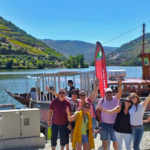Visit the picturesque Serra de Sintra and dare to enter a true enchanted world of palaces and castles full of history, which transport us to bygone times and past adventures. Discover 5 of these treasures, which we have selected so that you have the best experience of discovering this mystical place and encountering nature.
Serra de Sintra, also known as Monte da Lua, is classified as a World Heritage Site by UNESCO, in the category of Cultural Landscape. The mountain is the protagonist of this landscape, which holds fantastic places that you won’t want to miss.
If you’re keen to explore Portugal with insider tips and local expertise, then we’d love to help you create a tailormade Portugal tour. Crafting custom itineraries is one of our favourite things to do!
And feel free to get in touch if you have any questions about our services here at YourTours Portugal. We’re always happy to help travellers create the best experience possible in our country!
For now, we’ll offer our tips for visiting Sintra so you can start dreaming of your own perfect trip…
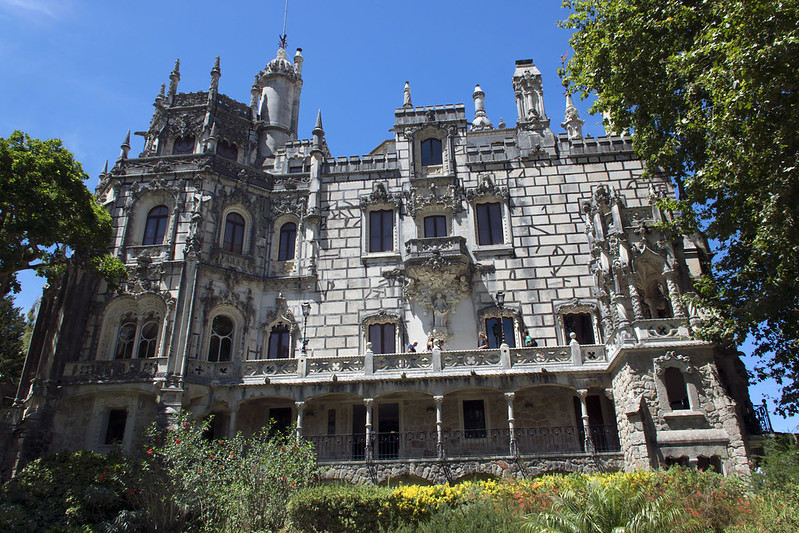
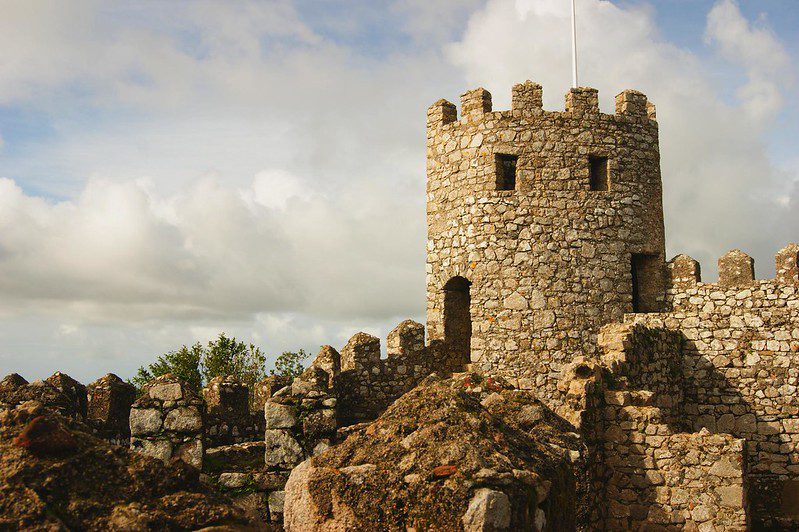
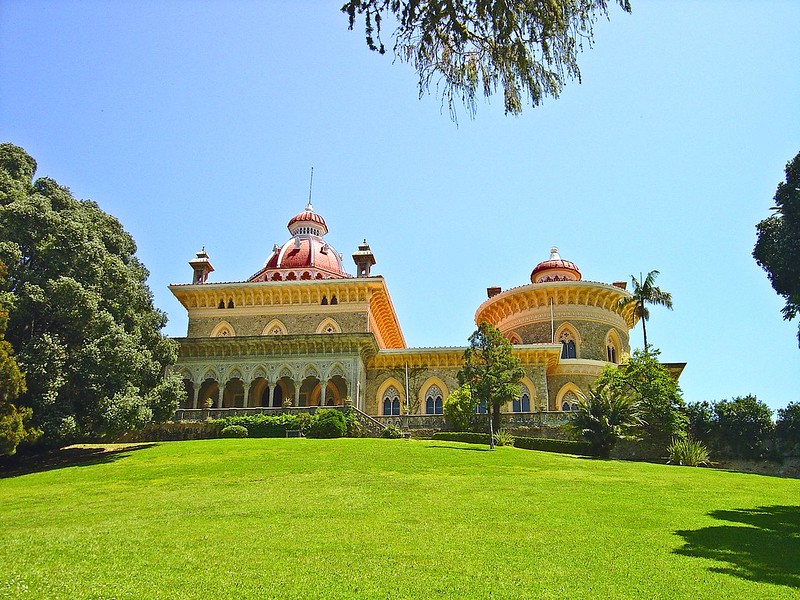
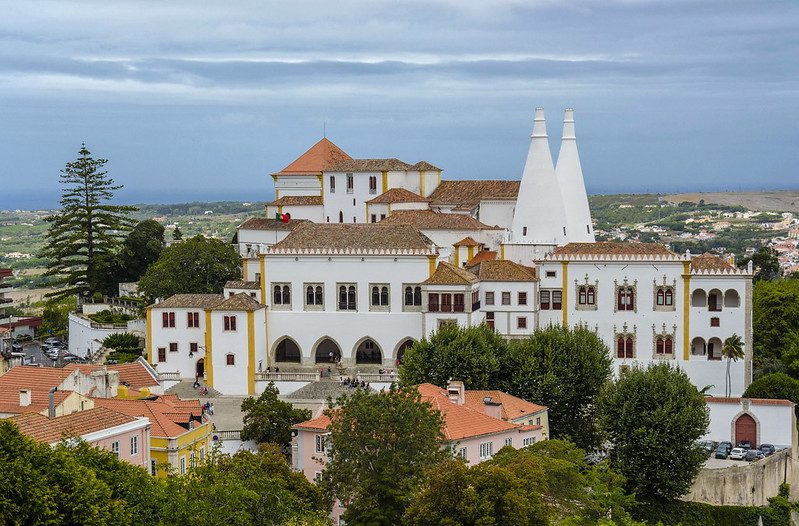
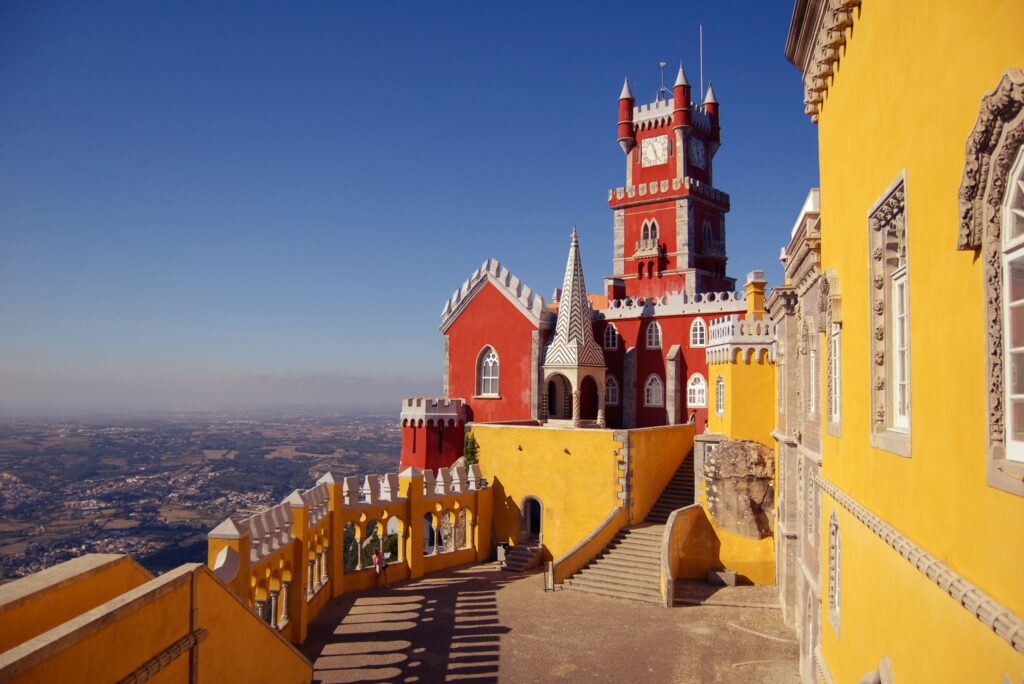
01. Pena National Palace
At the top of the hill, standing out in the landscape, the Pena National Palace is a beautiful portrait of the romanticism that characterizes Sintra.
Between the end of the 18th century and the beginning of the 19th century, romanticism flourished in Europe. In Portugal, in the architectural field, he was personified by an unrivaled figure, Fernando de Saxe-Coburgo e Gotha, born in Vienna, who would become Dom Fernando II, after marrying Queen Dona Maria II. Dom Fernando II, on a visit to the region in the mid-19th century, fell in love with the landscape and acquired the former monastery there, as well as the surrounding land, with the aim of having a summer residence built for the royal family.
The work on the palace took shape under the direction of the Baron of Eschwege, a longtime friend of the king. From the imagination of both, this palace was born, which reflects the profusion of architectural styles typical of romanticism: neo-Gothic, neo-Moorish, neo-Manueline, neo-Renaissance. The end result is an exquisite work, full of details that the visitor cannot fail to discover and that reflects the fusion of East and West art.
The enchanting and stunning surrounding park was created with the vision of Dom Fernando II, carefully choosing the plant species, as well as the landscaping. As if out of a fairy tale, the Park and the Palace of Pena are the greatest exponent, in Portugal, of 19th century Romanticism.
02. National Palace of Sintra
The National Palace of Sintra stands out in the landscape, with the unmistakable chimneys that are the ex-libris of the locality.
The millennial history of Paço da Vila de Sintra goes back to the Arab occupation. Made up of different bodies associated with different constructive campaigns, it often hosted the court, but it was never a permanent place of residence. However, that never stopped its luxurious decoration. Carefully explore the entirety of this complex and let yourself be enchanted by every corner. You won’t be indifferent to the Swan Room, the Coat of Arms Room or the Chapel, which demonstrate the fusion of Muslim and Christian styles.
The ceiling of the Sala dos Brasões bears the coat of arms of Dom Manuel I, his sons and 72 of the most influential families of the Portuguese nobility. It is undoubtedly one of the most important heraldic registers in the country, still today a sought-after reference by Portuguese and Portuguese-descendants from all over the world. The harmonious encounter between Gothic, Mudejar and Renaissance elements, clearly evident in the architecture and integrated heritage of the monument, constitute the living memory of outstanding events in the History of Portugal and the opening to new worlds.
03. The Palace of Monserrate
The Palace of Monserrate is marked by an exotic atmosphere and oriental trends. Built by Sir Francis Cook, 1st Viscount of Monserrate, in the romantic style of the time, harmonizing Gothic, Indian and Arab elements in its decoration, it evokes the imagination of a palace of the thousand and one nights. Outside, we can also explore a lush park with exotic species. In summer, the gardens are improvised amphitheaters for musical shows.
04. The Moorish Castle
Castelo dos Mouros is a military fortification erected around the 10th century by the Muslim populations that occupied the Iberian Peninsula. It occupies a fundamental strategic position, playing an important role in the defense of the local territory and the maritime accesses to the city of Lisbon. The walls adapt to the zigzag terrain, climbing over rocky blocks and surrounded by a dense forest. Inside the castle, you can discover the Silos, the Alcáçova, the Old Stables, the Tomb, the Cistern, among others.
05. Quinta da Regaleira
Quinta da Regaleira was built at the end of the 19th century with the romantic spirit and ideals. This fascinating set of buildings and lush garden is the reflection of the philosophical and initiatory interests of its owner, António Augusto Carvalho Monteiro, allied to the talent of the architect-scenographer Luigi Manini. More than a touristic tour, visiting Quinta da Regaleira is to travel in an imaginary universe of symbols and metaphors. In Sintra’s Cultural Landscape, a gigantic stone screen stands, enduring testimony to an artistic temperament that is part of the village’s genetic code.
What do you think? Did we cover enough of the places to visit in Sintra that you feel ready to take a trip right now? We hope so! There is so much more to enjoy here in our home country, so we invite you to get in touch to plan your own perfect itinerary. We’d love to help you see the very best of Portugal!

